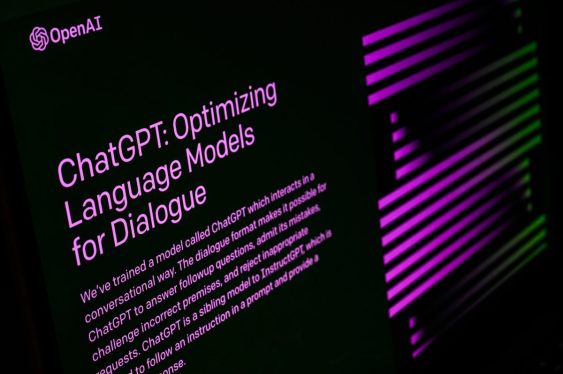Here’s a summary of the article:
What is ChatGPT?
ChatGPT is a text-generating AI model developed by OpenAI that allows users to interact with it in a conversational manner. It can understand natural language, respond to questions and prompts, and even generate its own content.
History and Development
The development of ChatGPT began in 2021, and it was initially released as a private beta in December of the same year. The model became public in February 2022, and since then, it has gained significant attention and popularity.
Features and Capabilities
ChatGPT can perform various tasks, including:
- Answering questions
- Generating text on a given topic
- Translating languages
- Summarizing content
- Creating chatbot-like interactions
Concerns and Controversies
However, ChatGPT has also raised several concerns and controversies, including:
- Plagiarism: The model can regurgitate content from its training data, potentially leading to plagiarism.
- Misinformation: ChatGPT can spread misinformation or provide inaccurate information if it is not properly trained or maintained.
- Bias: The model may perpetuate biases present in its training data.
- Dependence on Data: ChatGPT’s performance relies heavily on the quality and quantity of its training data.
Lawsuits and Issues
There have been several lawsuits and issues related to ChatGPT, including:
- Defamation: OpenAI is involved in a lawsuit that has implications for AI systems trained on publicly available data.
- Plagiarism: Several major school systems and colleges have banned ChatGPT from their networks and devices due to concerns over plagiarism and misinformation.
Detection and Identification
Several tools claim to detect ChatGPT-generated text, but these tools are inconsistent at best. Poorly detecting ChatGPT is a significant challenge.
Conclusion
ChatGPT has revolutionized the field of natural language processing and AI development. However, it also raises several concerns and controversies that need to be addressed. As the technology continues to evolve, it’s essential to consider its limitations, biases, and potential impact on society.




